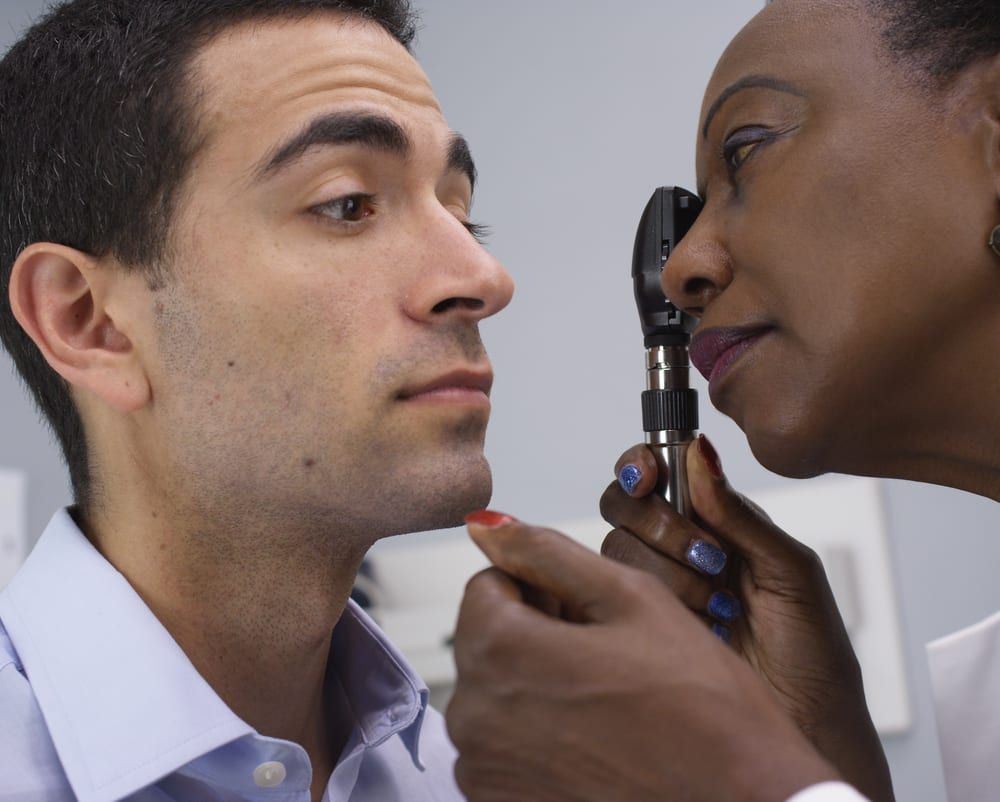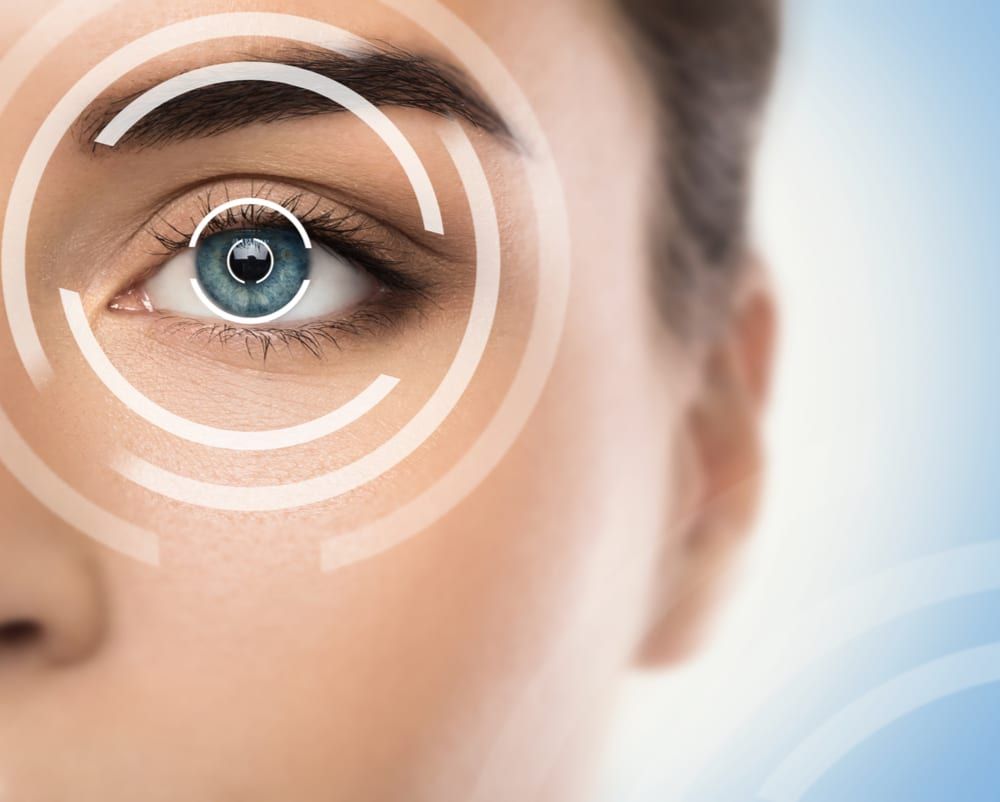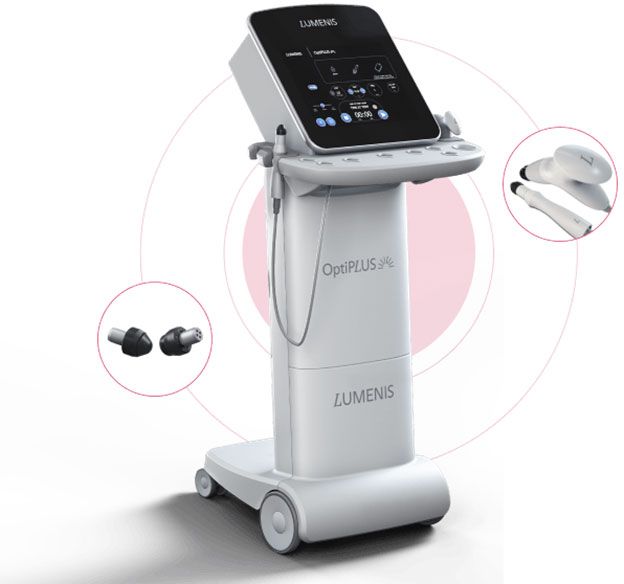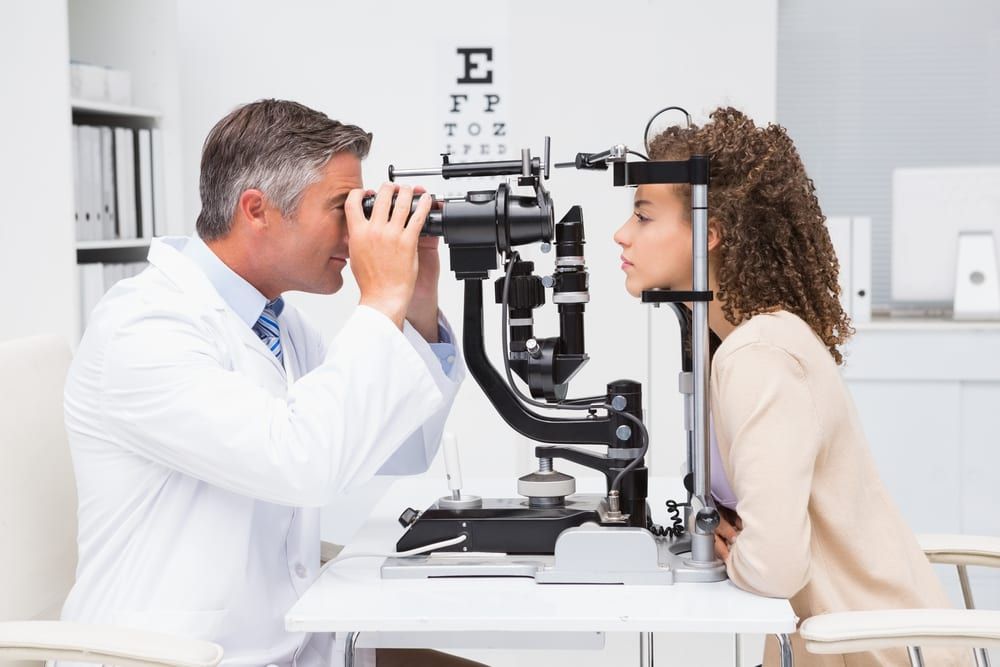
Myopia is a refractive error that causes nearsightedness and blurred vision when looking at a distance. The condition is very common, affecting approximately 30 percent of the total U.S. population. The condition usually develops in childhood and gradually worsens throughout adolescence. In some cases, people develop myopia after Myopia is easily diagnosed with a comprehensive eye exam and corrected with various treatments, including glasses, contact lenses or refractive surgery.

Coming soon…

As ophthalmologists, we are constantly looking for ways to improve patient outcomes and treatment experiences. In recent years, lasers have become a standard in ophthalmology, offering greater precision, faster treatments and minimal post-procedural complications. Currently, lasers are useful in the treatment of multiple ocular conditions, such as eye tumors, retinopathy, macular degeneration, glaucoma and retinal tears. One of the most well-known uses of lasers in ophthalmology is for corneal sculpting and refractive surgery – also known as LASIK. This surgery makes it possible for patients to achieve near perfect vision without the need for vision aids.
Did you know?
Although ophthalmologic technology is constantly changing to adapt to patient needs, there are currently four lasers used to treat patients. Together, they give ophthalmologists the power to sculpt the surface of the cornea and other tissues, as well as create retinal bonds, stop abnormal blood vessels from growing, and seal vessels that are leaking. Sometimes, lasers are used simply to create more accurate and precise incisions than are possible using traditional methods.
It is highly likely that a laser will be used at some point during the course of your surgical treatment. Lasers make your ophthalmologist more precise, leading to better outcomes for you. Talk to your ophthalmologist if you have questions or concerns about laser eye treatments.
Usually, lasers used in ophthalmologic treatments are used in place of a scalpel. Your exact experience will vary according to the type of laser eye treatment you are having, but you can be confident that your comfort will be the priority for the duration of your procedure. Numbing medications applied to the eyes prevent you from feeling pain during your treatment, which is likely to last less than an hour.
Yes, but the exact guidelines for your recovery will depend on the type of procedure you undergo. In many cases, laser eye procedures require patients to wear an eye shield for at least a few hours following surgery, as well as when sleeping. You may also be instructed to avoid certain activities or eye strain in the days following a laser eye procedure. Keep in mind that overall, lasers make recovery times shorter and have a lower risk of complication. If you have questions or concerns about the type of instructions you’ll need to follow after laser eye treatment, contact your ophthalmologist.

If you are experiencing redness, itching, burning, or excessive tearing in the eye, you may have Dry Eye Syndrome. This condition is very common, and is typically caused by a problem with how the eyes produce tears. The production and drainage of tears is crucial to maintaining healthy eyes, helping to keep them moisturized and protected against eye infection, as well as facilitating the healing process if the eye has been wounded. Dry Eye Syndrome can often be brought on by pollutants in the air such as cigarette smoke; overuse of contact lenses; being exposed to a dusty or windy environment; the natural aging process; and even certain medications.
There are treatments that can relieve the symptoms of Dry Eye Syndrome, and what’s best for your needs will depend on the type of the condition you are experiencing: aqueous (water)-deficient Dry Eye Syndrome or oil-deficient Dry Eye Syndrome. Artificial tear eye drops can often be very effective in reducing symptoms in mild or moderate cases with consistent use. If that is not sufficient, other therapeutic options are available including prescription eye drops, a procedure known as punctal occlusion which helps increase natural tear volume, and non-surgical procedures, such as OptiPLUS, that can help remove blockages in the meibomian glands and stimulate oil production.
OptiPLUS is an FDA-cleared, dual frequency RF technology that helps restore the production of the lipid tear film to treat evaporative dry eye caused by meibomian gland dysfunction (MGD). The device precisely delivers heat allowing us to reach different skin layers to enhance blood circulation, collagen production and target meibomian glands.
OptiPLUS allows us to:
The heat delivered by OptPLUS stimulates the meibomian glands in the eyelid to remove blockages and activate oil secretion. MGD is a common condition that is believed to be the most frequent cause of dry eye. Successful treatment can lead to reduced reliance on eyedrops and lasting relief from dry eye symptoms.
The state-of-the-art OptiPLUS system offers patients diagnosed with meibomian gland dysfunction an option for restoring normal gland activity and reducing symptoms of dry eye syndrome. If you suffer from chronic dry eye and want to learn more about OptiPLUS as a dry eye treatment, please contact our office to schedule an appointment.


Contact lenses are a discreet way of managing vision impairments without being tied to a pair of glasses. Many optometric patients choose contacts over eyeglasses because they are convenient, comfortable, and capable of correcting vision without affecting appearance. There are two classifications of contacts – soft and hard. Soft lenses are the most popular and are most commonly used to treat people with age-related vision loss, astigmatism, nearsightedness, or farsightedness. They form to the shape of the eye and tend to stay in place for the duration of wear. Hard lenses, on the other hand, can also be used to treat most vision impairments, but are less versatile and more likely to move out of place. Patients who choose hard lenses typically do so in favor of the crisper and clearer vision they achieve with them.
Did you know…
that more than 30 million people in the U.S. wear contact lenses? The majority of those people are females over the age of 25 who wear soft lenses. However, children as young as 10 years old could be candidates for contacts so long as they are capable of following all wear and care instructions.
You may be a candidate for contact lenses if you require vision correction lenses and are looking for a non-surgical alternative to eyeglasses. To find out if contacts are right for you, schedule an appointment with you eye doctor.
Your eye doctor will conduct a thorough eye exam and prescribe a contact lens brand and power based on the results of your eye exam and your frequency of wear. You’ll be fitted with a trial pair of lenses before you leave the office and asked to return for a follow-up visit several days or weeks later.
You will be given instructions designed to help you protect your new contacts, as well as your eyes. If you fail to follow these instructions, you risk getting a corneal infection that could threaten your sight. Most importantly, you’ll be instructed to wash your hands prior to handling your contacts. Depending on the type of lenses you wear, you may also need to remove your contacts at night before bed.

Children’s vision care should begin at birth and continue throughout childhood and adolescence. Without professional vision screenings, children can grow up with a distorted vision that eventually causes complications during the school years. According to the American Optometric Association, undiagnosed and untreated vision problems can worsen in children because the brain learns to accommodate the distortion over time. Furthermore, untreated vision discrepancies can lead to academic, athletic and social handicaps that hold kids back from their ultimate potential.
Did you know…
that an estimated one in every four children is suffering from some kind of vision problem? Often these problems go undetected throughout childhood and even into the teenage years. In fact, as many as 11 percent of U.S. teens have vision problems that have not been professionally diagnosed.
Yes. Your child’s first eye exam should occur before he or she ever leaves the hospital at birth. Additional pediatric eye health screenings should occur every year from that point forward, with the first vision acuity test occurring around 3 ½. Even if your child performs well on vision tests, contact your eye doctor if you notice that your child is suddenly rubbing his or her eyes, squinting or demonstrating behaviors that seem to compensate for poor vision, such as sitting too close to the television.
The extent of your child’s eye examinations will depend on his or her age. For most kids, exams will check the health of near vision, distance vision, peripheral field awareness, eye movement and tracking, focusing capabilities, and eye-hand coordination.
There is little you can do between eye exams to help your child’s vision health other than encouraging him or her to wear UV-protective sunglasses and feed your child a nutritious diet high in antioxidants like beta-carotene and lutein, as well as omega-3 fats. Contrary to popular belief, sitting too close to the TV will not harm your child’s eyes.

Eye exams are professional screenings used to evaluate the health of the eye and diagnose vision impairments and disease. Each is comprised of a series of several tests that analyze various functions of the eye, such as color differentiation, distance vision, and peripheral awareness. A comprehensive eye exam can identify vision complications during their earliest stages, providing eye doctors the opportunity to treat them more easily. A comprehensive eye exam will consist of:
Did you know…
that a periodic eye exam can reveal underlying health issues long before other symptoms are present? In addition to identifying vision complications and eye disease, a comprehensive eye examination can also reveal conditions like high blood pressure, diabetes, or even a brain tumor. The American Optometric Association recommends that adults under age 60 undergo an eye exam at least once every two years. At-risk patients and patients over age 60 should get an eye exam annually.
Yes. Eye examinations can reveal much more than vision impairments – they can save lives. If you haven’t had an eye exam in the past 12 to 24 months, contact your eye doctor to schedule an appointment.
Your eye exam will take approximately half an hour and will include a series of tests using advanced optometric machinery. You will also be asked about your medical history and any vision complications you may be experiencing. Eye exams typically do not hurt, but you can expect to look into bright lights or have air blown into your eyes during your visit.
If you are given a clean bill of health with no vision impairments, you can return to your normal activities and plan to visit your eye doctor again in one to two year. If you are found to have refractive errors, you may be given a prescription for corrective lenses. In cases where a disease is present, you may be referred to a vision or medical specialist for further treatment.
